A three-valve manifold is a device that is used to ensure that the capsule will not be over-ranged. It also allows isolation of the transmitter from the process loop. It consists of two block valves – high pressure and low pressure block valve – and an equalizing valve. Two block valves provide instrument isolation, and one equalize valve is positioned between the high and low transmitter process connections to provide equal pressures on both sides.
The below figure shows a three valve manifold arrangement.
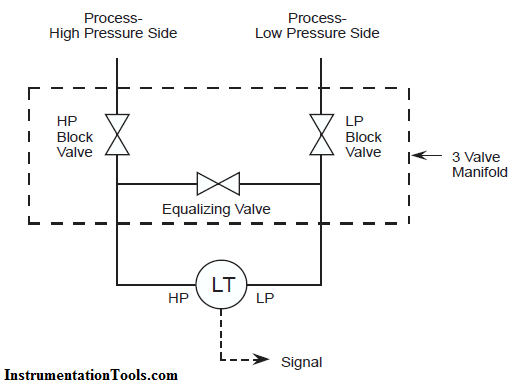
During normal operation, the equalizing valve is closed and the two block valves are open. When the transmitter is put into or removed from service, the valves must be operated in such a manner that very high pressure is never applied to only one side of the DP capsule.
Operational Sequences of Three-Valve Manifold Valving Transmitter into Service:
1.Check all valves are closed.
2.Open the equalizing valve – this ensures that the same pressure will be applied to both sides of the transmitter, i.e., zero differential pressure.
3.Open the High Pressure block valve slowly, check for leakage from both the high pressure and low-pressure side of the transmitter.
4.Close the equalizing valve – this locks the pressure on both sides of the transmitter.
5.Open the low-pressure block valve to apply process pressure to the low-pressure side of the transmitter and establish the working differential pressure.
6.The transmitter is now in service.
Note it may be necessary to bleed any trapped air from the capsule housing.
Removing Transmitter from Service:
1.Close the low-pressure block valve.
2.Open the equalizing valve.
3.Close the high-pressure block valve.
The transmitter is now out of service.
Note the transmitter capsule housing still contains process pressure; this will require bleeding.
Also Read: Basics of Thermocouples & RTD
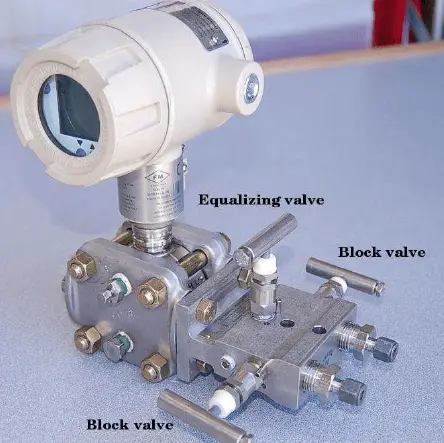
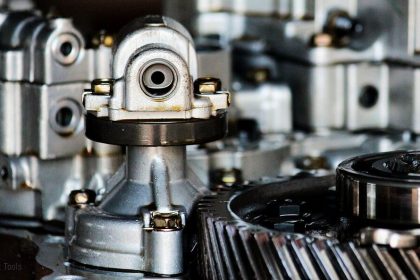

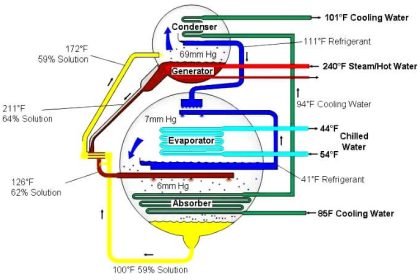
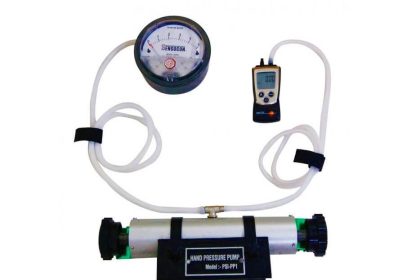

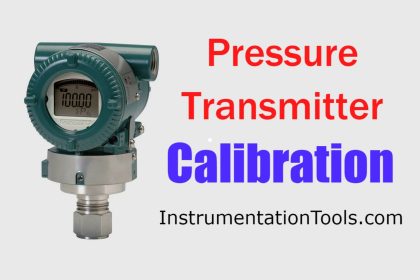
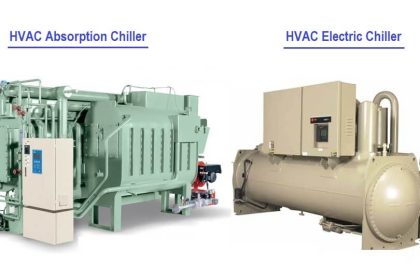
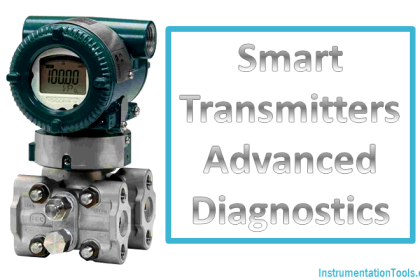


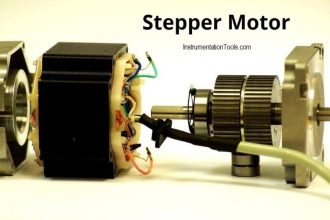
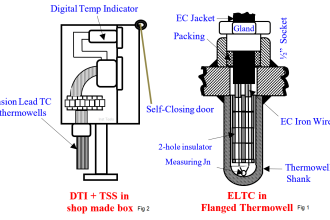
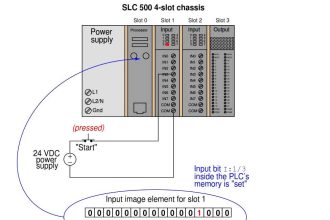
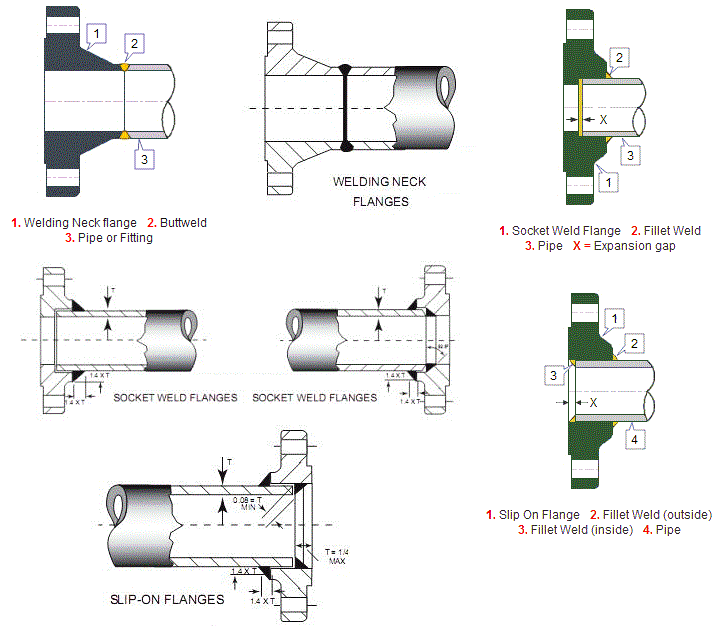

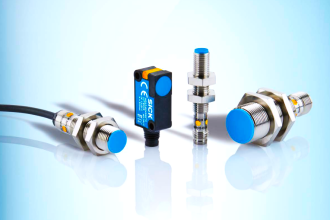

Now i am cleared about transmitter manifold. Insert a like button if you could..!!!!